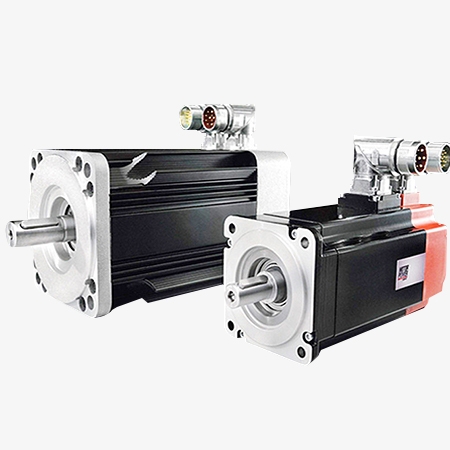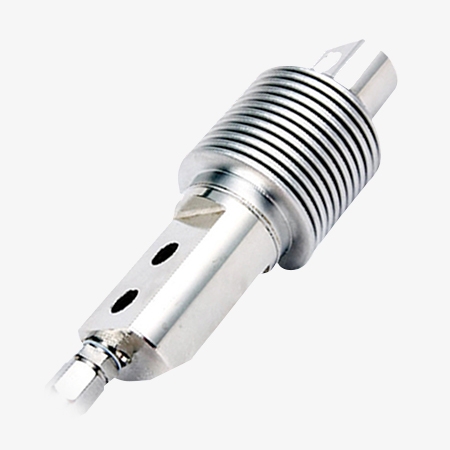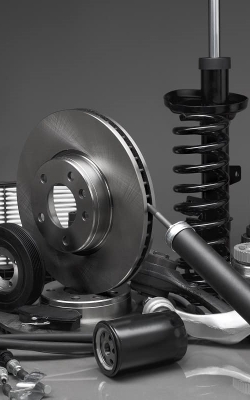The rubber tensile testing machine has a stable structure. This tensile strength equipment can accurately test the tensile force of materials and is widely used in various material research, production quality inspection, and other fields.

Integration of Precise Control and Reliable Performance
- The tensile stress test machine can perform various test methods such as stretching, bending, compression, tearing, etc.
- The auto tensile tester uses high-precision pressure sensors, the range can be automatically switched, without worrying about the problem of setting different load ranges, and the test results are more accurate.
- The biaxial tensile test machine uses servo motors, the failure rate is low, and the control is more precise.

Multiple Safety Protections Ensure Stable Operation
- The use of roller screws has higher transmission efficiency and lower test noise.
- The use of high-strength metal materials is not easy to wear and paint, but they are durable.
- The crossbeam has displacement limit protection, overload protection, and breakage shutdown protection functions, making operation safer.
Applications
Tensile testing machine is a commonly used material testing equipment, which is used to evaluate the mechanical properties of materials under tension, test their tensile strength, yield strength rate and other mechanical properties, and evaluate the performance of raw materials and finished products. A tensile strength tester can be used in many scenarios, such as new material research and development, metal processing, plastic molding, experiments etc.

Electronic Appliances

Industrial Plastics

Laboratory

Auto Parts
| Model | SISCO-TT-DR503 |
| Sensing Method | Load Cell |
| Capacity | 10KN |
| Resolution and Accuracy | 1/25000, ±0.1% |
| Unit Switching | kgf, gf, lbf, N , kN, MPA, PA and so on. |
| Effective Width | 400mm |
| Maximum Stroke (without fixture) | 800mm |
| Progressive Motor Controller | Test speed freely controllable 1~500mm/min |
| Capacity Segmentation | ×1, ×2, ×5, ×10, ×20, ×50, ×100, using high-precision 24 bits A/D, sampling frequency 50Hz, full-range maximum resolution 1/250,000. |
| Machine Voltage | 1∮, AC 220V, 10A |
| Cross Arm Travel Space | 300mm (without fixture) (standard specification) |
| Dimensions | 580mm×760mm×1650mm |
| Weight | 160kg |
Q1: Does the Test Speed of the Tensile Tester Affect the Test Results?
A1: The test speed of the tensile tester has a significant effect on the test results. Test speed refers to the rate at which the specimen is stretched during the tensile test, usually expressed in millimeters per minute (mm/min) or strain rate (such as percentage change per second).
Q2: How to Choose the Appropriate Test Speed Based on Material Properties?
A2: When choosing the appropriate test speed for material testing, multiple factors need to be considered, including the material's mechanical properties, strain rate sensitivity, test standards, and experimental purpose.
Q3: How to Use a Tensile Tester?
A3: First, prepare the machine to ensure that the machine is in good working condition and check whether all parts are intact, Install the specimen correctly in the fixture of the tester. Set the initial height of the pendulum according to the test standard to ensure that the pendulum has enough energy for the test when it is released. Release the pendulum and let it fall freely and hit the specimen. After the pendulum hits the specimen, record the final position of the pendulum or record the data through the automatic measurement system of the testing machine.
Tips: How to Choose the Right Fixture for a Tensile Testing Machine?
Choosing the right fixture for a tensile strength equipment is a key step to ensure the accuracy and safety of test data. First of all, the test requirements must be clarified, and the material, shape, size, and test range of the test sample must be determined. The type of test also needs to be determined. For the fixture performance parameters, it is necessary to consider that it can cover more than 1.5 times the fracture strength of the sample. The clamping surface design also needs to be suitable for the material, and the fixture opening must be adapted to the maximum thickness of the sample.
Thank you for buying industrial test and measurement equipment on SISCO.com, all products sold by SISCO and the partner cover a 12 months warranty, effective from the date of receiving the products.
What is covered?
SISCO is responsible for providing free spare parts, and free technical support to assist the customer to repair the defective products until the problem is solved.
What is not covered?
- Product purchased from anyone other than a SISCO store or a SISCO authorized reseller.
- Expendable parts.
- Routine cleaning or normal cosmetic and mechanical wear.
- Damage from misuse, abuse or neglect.
- Damage from use of parts other than SISCO approved.
- Damage from use outside the product’s usage or storage parameters.
- Damage from use of parts not sold by SISCO.
- Damage from modification or incorporation into other products.
- Damage from repair or replacement of warranted parts by a service provider other than a SISCO authorized service provider.
- Damage caused by the application environment not meeting the product usage requirements and the failure to perform preventive maintenance.

